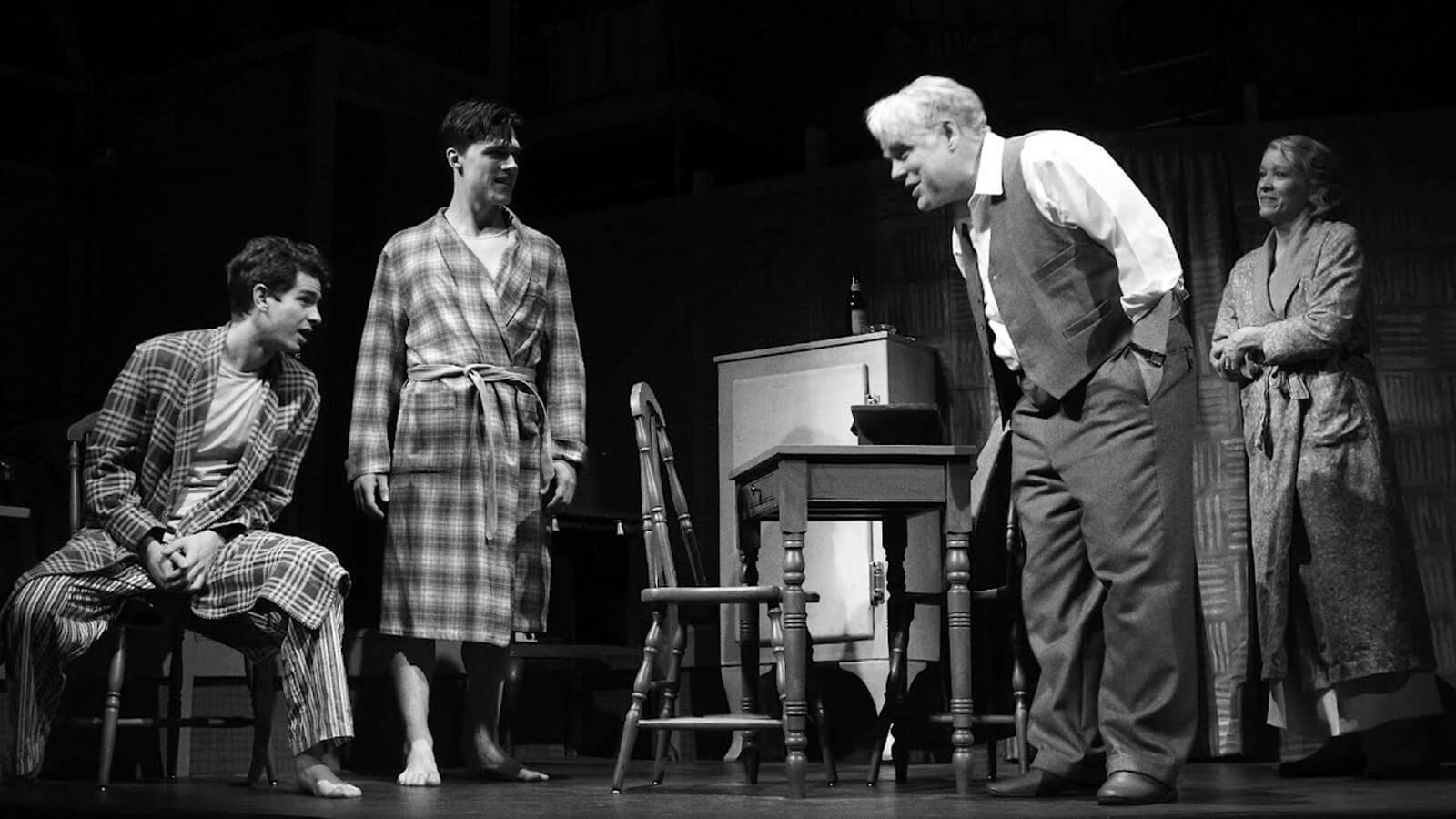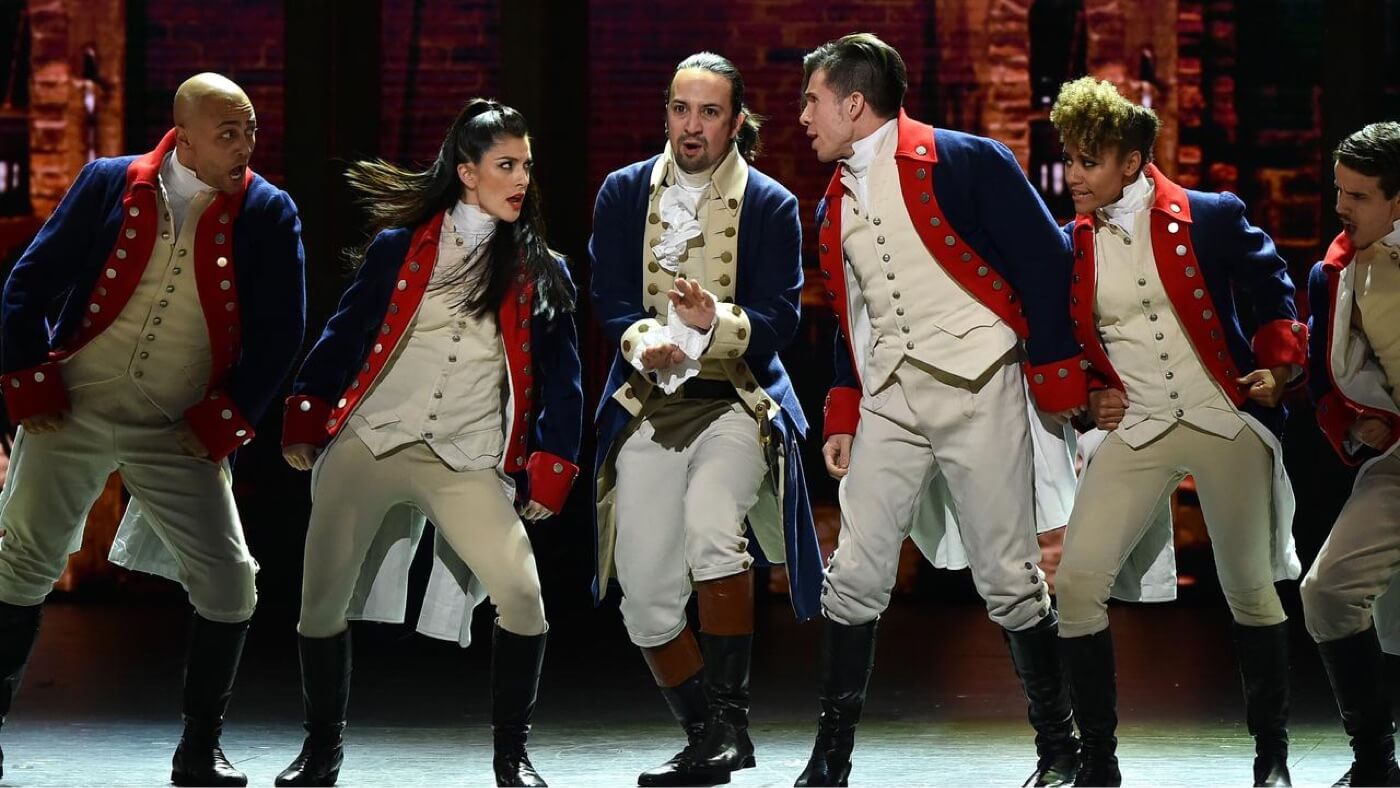Every time the curtain rises, we are drawn into a world of drama, suspense, laughter, and tears. Yet, behind the performances that captivate us lies a variety of elements that come together to create the magic of theatre. These elements are crafted by brilliant artists to tell one cohesive story.
What are the Parts of a Play in Theatre?
First, let’s define a play
Diving right in, let's start our theatrical exploration by defining what a play is.
PLAY DEFINITION
What is a play?
A play is a form of literature written by a playwright, usually consisting of dialogue between characters, intended for theatrical performance rather than just reading. Plays can be based on real-life events or entirely fictional, and they span a variety of genres, including comedy, drama, tragedy, and more.
How Many Acts Are in a Play?
Acts
An act is a division within a play, much like chapters of a novel. Each act can consist of several scenes. Plays can have one act, two acts (common in many contemporary plays), or as many as five acts. Acts give a play structure and help guide the audience through the story.
The three-act structure is the most common dramatic structure used in plays, with each act representing a specific part of the story.
Three-Act Structure Explained • Subscribe on YouTube
To recap, Act One sets up the conflict and introduces the characters, Act Two builds tension and raises the stakes, and Act Three brings resolution to the conflict. Of course, this is only one type of story structure in which acts are organized to create a compelling narrative.
What Are the Parts of a Play?
Scenes
Scenes are parts of the whole. Each scene contributes to the overall story and theme of the play. They are what make up each act moving the audience through the story. Scenes are used to show different locations and passage of time and to give the audience more information about the characters and plot.
While each scene has a specific purpose, they all work together to create a cohesive story. The transitions between scenes are important as they help the play flow smoothly and allow for necessary breaks in between intense or emotional scenes.
Elements of a Play
Dialogue
Dialogue refers to the written or spoken conversational exchange between two or more people within scenes in the play. It serves to reveal the characters' thoughts, feelings, and reactions to the events of the play, and it drives the plot forward.
Fences • What About My Life?
As a performative art, theatre often relies heavily on dialogue as a means of communication between characters. It is through dialogue that conflicts are presented, relationships are developed, and themes are explored.
Vital Parts of a Play
Characters
Characters are the heart of every play. They are the individuals portrayed by the actors on stage and are essential in driving the play's plot. Characters can be complex with detailed backgrounds, emotions, and motivations, or they can be archetypal, representing general roles within the story structure.
There are usually main characters, also called protagonists, who the story revolves around. There are supporting characters, who help to develop the main characters and enrich the story. While not always a character, there are also antagonists who create conflict and obstacles for the protagonists.

Death of a Salesman • Characters
Characters' development throughout the play, their relationships with each other, and their reactions to the unfolding events captivate the audience and provide a connection to the story.
Related Posts
Design Parts of a Play
Set Design
Set design is a crucial element in theatre that adds depth and realism to the production. It is an art form in itself, involving the creation of the physical surroundings in which the action of the play occurs. The set, or stage design, can range from a highly detailed and realistic representation of a specific location to a more abstract and symbolic setup. It is the visual backdrop that aids in establishing the time, place, and overall mood of the play.

Betrayal • Set Design
Set designers work closely with the director to conceptualize the look and feel of the set, aligning it with the overall vision for the play. They sketch out preliminary ideas, create scale models, and even use digital technology to create 3D renderings. Attention to detail is paramount. Each choice, from the materials used to the color palette, impacts the audience's experience.
Beyond being merely aesthetic, the set also serves a practical function. It needs to accommodate the actors, providing them with the necessary spaces to perform, and allowing for smooth transitions between scenes. Often, specific elements of the set, known as 'props', interact directly with the characters, further enhancing the depth of the story. The set design, therefore, plays a pivotal role in bringing the playwright's vision to life, while simultaneously enriching the audience's experience of the play.
Wardrobe Design in Theatre
Costume Design
Costume design is crucial in theatre, contributing significantly to the overall production. Costumes establish characters' personalities, differentiate eras or cultures, and symbolize relationships. They offer visual clues about time, status, and even characters' thoughts. Costume designers collaborate with directors, set and lighting designers to ensure a cohesive aesthetic. They study the script meticulously to understand characters and their evolution, anticipating practical needs. The process involves sketching, choosing fabrics, and working with artisans.

Hamilton • Costume Design
Designers consider durability and comfort for actors. Accessories like shoes, hats, and jewelry complete the look. Makeup and wigs may be integral, especially for transformations. Costume design requires creativity and understanding of the play's narrative, enhancing audience engagement.
Theatre is a timeless art form that has evolved through the ages, adapting to different cultures and styles along the way. From experimental productions to more traditional ones, there's a wide range of genres to explore. Yet, the essence and elements of theatre remain unchanged.
Up Next
What is Story Structure?
As we study deeper into the world of theatre and storytelling, it's essential to gain a broader understanding of how stories are structured. Let's transition now to our next article to further explore this fundamental aspect of narrative craft.
Up Next: What is Story Structure? →
Showcase your vision with elegant shot lists and storyboards.
Create robust and customizable shot lists. Upload images to make storyboards and slideshows.
